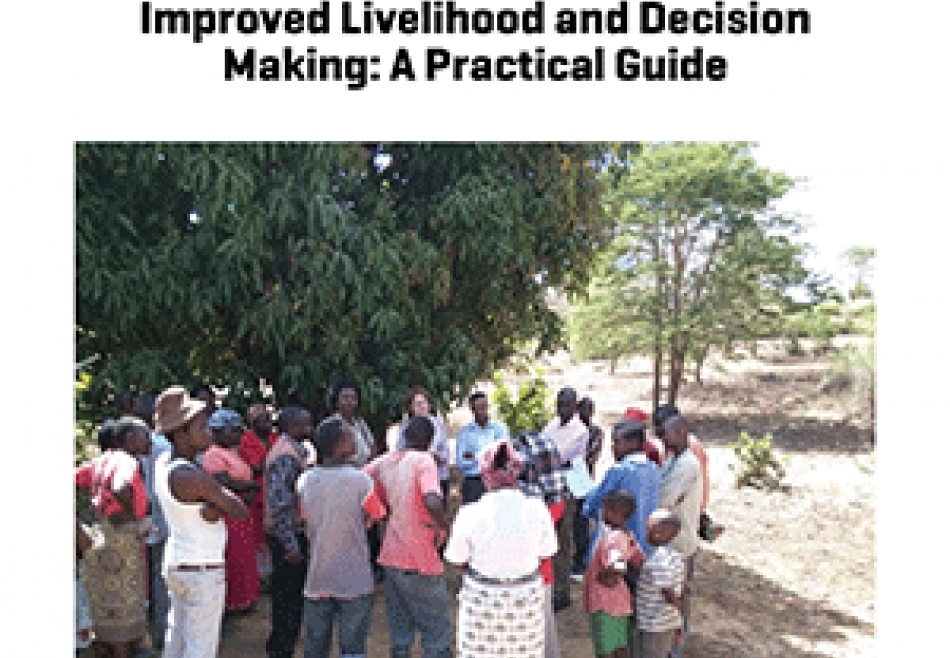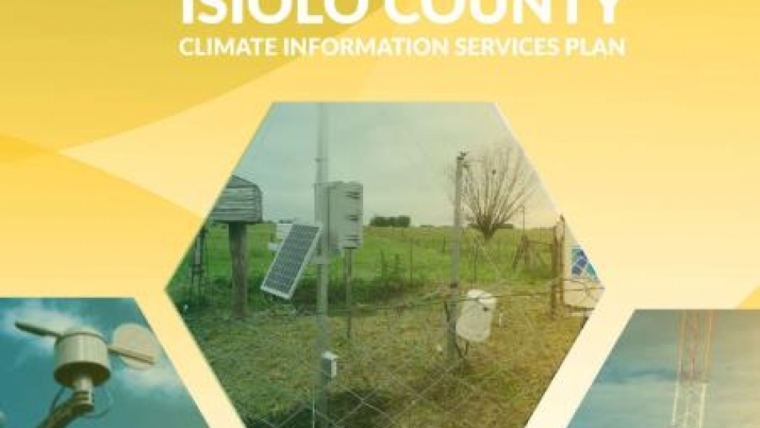Summary
Strengthening the use of weather and climate information within decision making is essential to supporting those people whose lives and livelihoods are at risk from climate variability, extremes and change. This process often brings together organisations that have not worked together before or do not have a well-established understanding of each other’s ways of working.
Produced as a working draft, this practical guide seeks to build a common understanding and shared approach amongst those who are involved in or planning climate change adaptation and resilience building initiatives. It seeks to support both climate information providers and decision makers to consider how weather and climate information can support livelihood and local government decision making.
Background
This practical guide seeks to build a common understanding and shared approach amongst the diverse group of actors whose effective collaboration is essential for climate information to better support specific decision making processes. It aims to support both ‘decision makers’ – those working to support farmers and pastoralists, including practitioners and policymakers within national government institutions and international and national humanitarian and development agencies, as well as ‘climate information providers’, including staff of national meteorological and hydrological agencies as well as regional and international climate centres.
Produced as a working draft, the guide draws on experience from the Adaptation (Ada) Consortium as well as a wide range of complementary international efforts. It uses a series of practical approaches to illustrate key steps in the process of enabling climate information to support livelihood and local government decision making.
Methods and Management
The guide highlights a series of seven key steps within the process of enabling climate information to better support livelihood and local government decision making. Drawing particularly on the activities of Ada partners (KMD, UK Met, University of Sussex, Christian Aid, IIED) in Kenya and other countries, the guide also seeks to integrate evolving best practice from related complementary initiatives, including those of the Red Cross Red Crescent Climate Centre and the International Federation of the Red Cross and Red Crescent Societies, CARE, Tearfund, CCAFS and others.
Each chapter focuses on one of the key steps and concludes with a summary and series of questions high- lighting those issues which need to be addressed within that step. Definitions, resources and additional methodologies are provided in accompanying annexes



